
Longtime Investment Banker Andrew Shore On What Investors Want From Emerging Brands And The State Of Beauty M&A
After 41 years on Wall Street, including 37 years orchestrating beauty and personal care deals, Andrew Shore has retired from investment banking. For the last 15 years, he’s been managing director at Moelis & Co., where he led the consumer products practice that handled transactions involving brands such as Huda Beauty, Drunk Elephant, Dermalogica, ZitSticka, True Botanicals, Oribe and Nest. While Shore has stepped away from the company, he’s not leaving beauty and personal care. He’s advising emerging brands and entrepreneurs on the strategies and infrastructure they need to satisfy the demands of investors.
“A lot of these smaller companies try to grow, but they don’t really know how to professionalize their business and that’s where I come in to save them a lot of money by saving them a lot of mistakes,” he says. “I’ve seen so much. It’s not to say I have the answers or can predict exactly what’s going to work, but, over time, you get a feel for what might work and what clearly doesn’t work.”
Beauty Independent asked Shore to elaborate on what clearly doesn’t work for young brands, the biggest changes he’s seen in beauty and personal care, the state of dealmaking in the industry, how beauty brands should evaluate their investment banking partners, and pockets of the market primed for future deals that he’s watching closely.
What should brands be thinking about to professionalize?
The right infrastructure is having a strategic plan, knowing the course of action and trying to keep blinders on to stay with it. I tell every company, if you only have X amount of money, there aren’t five things you can do. There are probably no more than one or two things you can do, and you better do them well.
If you asked me what happened to Glossier, I think one of the things that happened is Glossier raised too much. When you have too much money, you have too many degrees of freedom and you move erratically. Sometimes you find the companies that are the most strategic are the companies running off a shoestring because they can’t make a million decisions.
You need to have a model and know where your spending is. You better understand your sources of revenue and uses of funds. So many small companies have a vision for where they want to go, but they are not great at sourcing, and the supply chain can destroy you. You can get blindsided by freight costs, something you think is so innocuous. The next thing you know, you’ve eaten up a third of your margin.
Also, brand architecture needs to be very tight. A retailer is unlikely to take 20 SKUs, so you better spend against your top five. While companies believe they constantly need newness, they need to create awareness and trial for the SKUs they already have. The more you create SKUs, you dilute awareness. Everyone believes more is better, but it just creates more complexity.
What has changed most about beauty and personal care in your years as an investment banker?
The single most important change that’s happened in the past 40 years is this industry had been male dominated and now it’s switched. I remember going to visit Tambrands, the maker of Tampax, before it was acquired by P&G. It had a beautiful headquarters in White Plains, and I was sitting in the room with Ed Shutt, who used to run P&G’s international business, a product development person and a R&D person.
They were showing me all these new tampons, some were already developed and some were in prototype, one of which was Tampax Compak, [an applicator-free] digital tampon. The main competitor was OB, which was No. 1 in market share in France, but it was anathema to U.S. women. It was all men in the room, and I said, “I just have one question, when was the last time any of you menstruated? You can’t tell me there are no women in this organization.” Ed Shutt said, “We have many women, they are just 10 years behind,” meaning that, over the next 10 years, you will see them rising in the ranks.
There has been a tremendous metamorphosis. You can’t go to any of the large companies today and see a male-dominated organization. That’s arguably the single greatest change, but there are other changes. There’s speed to market. If you go back 30 to 40 years ago, product life cycles were so long because companies didn’t introduce a lot of new products. It was because of the advertising moat.
If you go back to January of 1990 when Gillette introduced the Sensor razor, they introduced it on the Super Bowl and the cost of advertising was $75 million. They raised the cost almost to the point of precluding competition. Gillette introduced Mach3 and the advertising cost was $750 million. L’Oréal would introduce Garnier at a $50 million cost, and Pantene would have $110 million.
Those big players used advertising to develop a competitive moat that precluded competition. That’s why there was a standstill in this industry for so many years, and indie brands couldn’t break into it, but then a shift took place. Social media democratized the industry. Social media and digital advertising lowered the cost of competition and allowed indie brands to be created. The channels shifted from department stores to specialty and DTC. In the past 33 and 25 years that Ulta and Sephora have been in business, they’ve picked up one-third to 40% of the sales that came from department stores.

What are one or two deals you’ve worked on that were particularly impactful?
Drunk Elephant for several reasons, including brilliant product development, one of the best management teams I’ve ever seen, and tremendous growth and margin structure. It was one of the first times we have seen multiples go to those levels. It was 8X sales.
Another company I worked on was Dermalogica. It created the professional skin therapist market. A very large brand founded by a husband and wife [Raymond and Jane Wurwand], it was ridiculously profitable, and they trained skin therapists for other brands. Unilever has taken what was predominantly a professional-centric model to becoming a consumer-centric model by bringing it to Ulta and Sephora and expanding it around the world. They’ve done a great job. They’re good buyers.
There’s news that Unilever is looking to sell personal care brands. What’s happening with divestures?
You want to clean house to make room for the new. I think all these companies need to prune their portfolios if for no other reason that it’s hard to keep brand managers on stale brands that are no longer growing, where it’s hard for them to see a path to advancement in the company, and it’s hard to throw resources against a stale brand, which is why when they are sold they have good margins because they haven’t had spending on them.
There are only so many brands that a company can manage successfully. P&G’s top 15 brands make up a significant portion of its sales. That speaks to the structure of the industry in general. If you look at prestige skincare, 89% of its supply comes from brands that are $20 million or less. In prestige skincare in the U.S., excluding company websites, freestanding stores and Amazon, there is only one brand that’s $500 million or more and that’s Clinique.
There are basically three brands that are $300 million or more: Lancôme, Estée Lauder and The Ordinary. If you look at the next level—$100 million to $200 million—that’s where the independents are: Peter Thomas Roth, Supergoop and Sunday Riley. If you look at the entire prestige skincare market, the average brand is more like $15 million to $17 million, and about $30 million to $35 million in color.
Color scales faster, but there’s only one $500 million in prestige color and that’s MAC. If you look at brands that are $400 million or above, there’s only three: Clinique, Tarte and Benefit. The next group has Charlotte Tilbury, Lancôme, Nars, Too Faced, Dior and Urban Decay. What’s interesting about color is, if you look at the top 12 brands, seven them are relatively new companies. If you look at skin, only five of the top 12 are relatively new.
The one thing borne out by the data is it’s not so hard to go from $10 million to $20 million. You can do that with one or two retailers. It gets harder from $20 million to $30 million, harder still from $30 million to $50 million and almost impossible from $50 million to $100 million or above. It’s really hard by yourself to get to be a $40 million, $50 million, $60 million brand, which tells you, at some point, all these brands need to find a home. How much international expansion can you get without infrastructure from the likes of Estée Lauder?
Given your perspective from years working as an investment banker in beauty and personal care, where do you see the industry today?
If you look at the industry, what was old becomes new again. In the 1970s and ‘80s, there was the creation of professional haircare: Sebastian, KMS, Nexxus, Paul Mitchell. From the 1980s to the ‘90s, there was the creation of makeup artist brands: MAC, Laura Mercier, Bobbi Brown, Nars. Then, there was the genius at Coty creating designer and celebrity fragrances. Then, the market moved to doctor brands, then natural, then DTC, then hair and fragrance. The question in the market is, what’s next?
Everyone is expecting the renaissance of color because that’s what we saw from 2008 to 2017. I think the renaissance of color has taken a little bit longer. It’s not as if demand is tepid, it’s strong. It’s been up 16% to 17% through August in prestige.
What’s happening is there’s been a lot of focus within corporate boardrooms on skin within the past five to six years because everybody that participated in the color frenzy of ’08 to ’17 saw many of those assets having huge impairment charges. Even though they are non-cash, they still scare management and the board. Look at what Estée Lauder had to do with Becca. If you’re an investor, it’s probably not a bad time to look at color.
If you look at the big changes in the industry, people are talking about what happens to packaging. Here’s one of the issues: With the cellophane and outer carton, do you lose the patina of luxury if you take them off? There are manufacturers that are going to fight this. We have seen this in refillables. Why hasn’t that taken off? When you as consumers, particularly younger consumers that are environmentally conscious, they tell you that’s what they want, but that’s not where the dollars are going. It is hard to understand why the market has not taken off.

Are there any predictions you made about the market that didn’t pan out?
I thought direct selling was going to morph into something broader. Think about it, if you let someone into your house, is there anything more personal? Going back 20 years ago, Kimberly-Clark, Johnson & Johnson and P&G tested direct selling in Peru, and I thought that model could have other brands come into it.
The second thing I thought was where women get their hair done, they would not only get their hair done, but they would also get their bikini waxed and their nails done. I thought there was an opportunity to displace the nail salon. The problem is the structure of the industry doesn’t allow it because there are too many independent salons, and it’s hard to get scale.
How should emerging brands think about their relationship to investment bankers?
You have to pick your investment banker the same way you look at an investor. They need to be your source of advice, your friend and your therapist. If you feel that you’re not going to have a connection with somebody and you are afraid to call them when you are biting your nails, that’s not a good relationship.
You have to trust an investment banker because a deal goes through many cycles. You might be euphoric when 10 people like you, then there might be three people that like you enough to bid on you, then two people could drop out, and you’re freaking out because you have one, and you want the best price. I always say give me one and a mirror, and I will give you a good deal. You have to create the illusion that there’s attention.
As a banker, you have been through this so many times that you know what is going to happen. The seller has usually only been through it once. In addition to being financially savvy, having good connections and an understanding of the industry, a good banker will create a roadmap of emotions for you: Here’s what you are going to face and feel, and I’m going to be there by your side.
How is the landscape of buyers in beauty shifting?
There are a lot of new players in the market now, more strategics. We have seen Beiersdorf acquire Coppertone and Chantecaille. Puig is a more aggressive player in the industry right now.
But that’s the micro. On a macro level, there is no doubt that there’s a little bit of a pause. If you take a look at over the past five years, every major company has done a deal, if not more than one. And, if you go back over the past 30 years up until the color craze of 2008 to 2017, multiples in this industry were 2X to 3X sales and 10X to 12X EBITDA. The color craze created valuation expectations and outcomes that took the color market to 3X to 5X sales and 13X to 15X EBITDA.
Then, DTC came in, people were dying to build e-commerce companies and deals were getting done. Then, the skincare market started to evolve and multiples went from 5X to 10X on sales and 15X to 20X on EBITDA, whether it was Drunk Elephant, Elemis, Filorga, Paula’s Choice. We had never seen that before. This was a new era.
Where we are today is DTC is a secondary buyer interest because of the iOS changes and customer acquisition costs going up. So, there’s hesitancy. When you sum it up, the strategics have gone from being in a frenzied environments where you created a lot of [deals involving] nice-to-haves to now moving to must-haves. Must-haves are rare.
Before, you were able to tell a story about growing 30% and profitability in two years. Now, the market has gone from storytelling to efficacy, where R&D is queen, and monochannel to omnichannel. Companies have to prune to get ready to buy. I think there’s good indication that the M&A cycle will start to turn once you see companies starting to prune.
As long as interest rates stay high, we will be in more of a strategic buyer cycle than more of a private equity cycle unless private equity can get alternative capital or over-equitize deals. It’s a tough market for financing right now, so deals have to be great. It’s hard to get financing for a deal that’s not making money.

What do you make of private equity’s beauty contract manufacturing play?
I was on the board of a contract manufacturer [called PakLab]. I think it’s a great rollup strategy. The contract manufacturing model has been that companies have been strong in a geography or a category like Intercos is the king of color. That model allowed private equity to fill in white spaces in geography and category. The future is some of these companies get big enough, and you take them public. I don’t know if there’s a market from private equity to strategic. Strategics don’t love manufacturing products for other companies.
In ingredients and technologies, there is going to be a lot of activity, too. Every strategic is on the search the next great silver bullet ingredient. Even if it’s expensive, they will buy it to keep it out of the hands of someone else.
What’s a mistake you see small brands repeat?
A common problem with small brands is they raise money too late. Once you raise money too late, the balance of power shifts to the buyer. You should raise money a little bit before you need it and raise a little bit more than you need, not a lot more than you need because that creates its own problems. I would absolutely focus on one or two channels. You can’t be everywhere.
The thing you find about little companies is they all want to grow because they think they are going to sell in 18 months, so they open up a million accounts. Do not open up a million accounts. And they think they need 20 SKUs. You don’t need 20 SKUs. At Sephora or Ulta, you are never going to get space for them. They are going to put you on e-comm, so you better have tremendous digital capabilities.
The problem with young companies is they are not good at building the top of the funnel, they are not good at trial to conversion or repeat. All your money is made on repeats, and it gets expensive. Young companies don’t understand that they need a lot of samples. They need to give stuff—a lot of stuff—away. They are all afraid to give it away, but that’s the prestige model.
This interview has been edited for clarity and brevity.
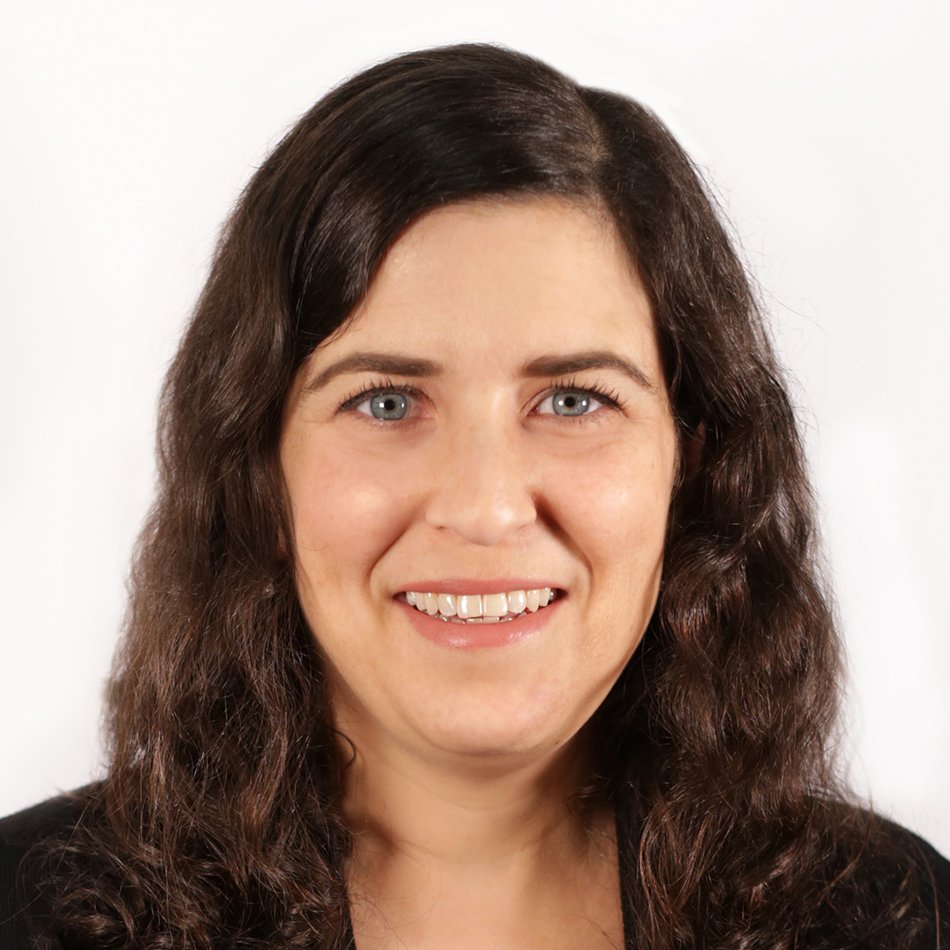
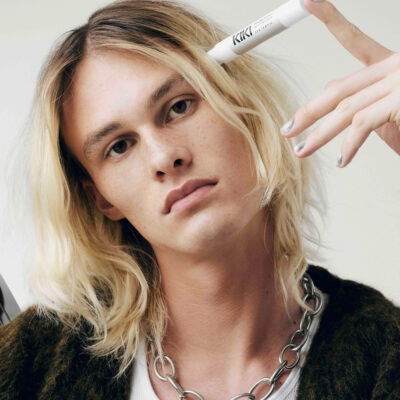
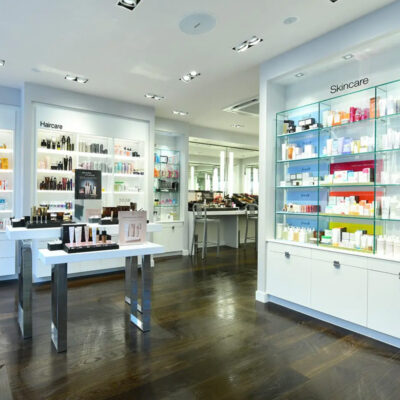
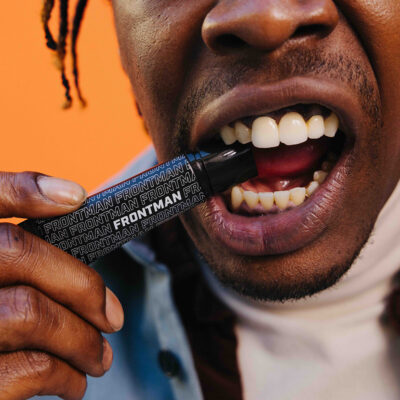
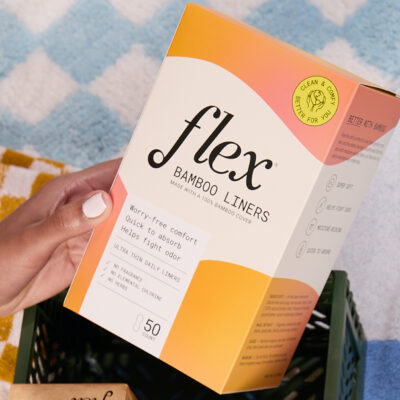
Leave a Reply
You must be logged in to post a comment.